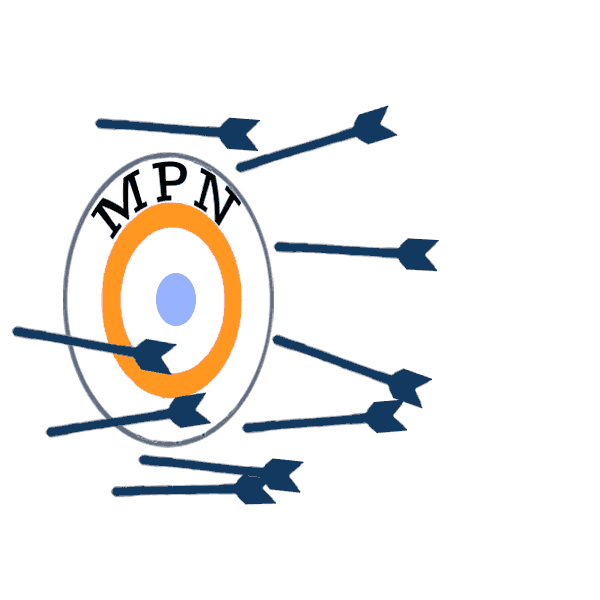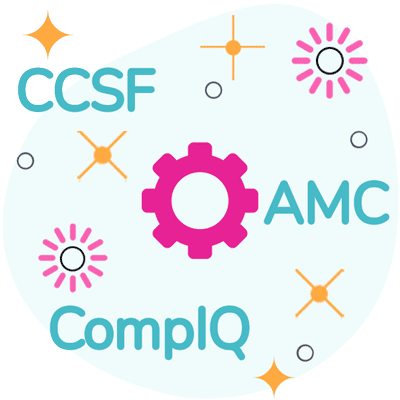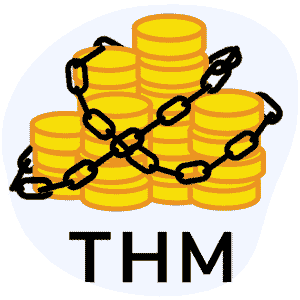DWC MPN Meeting Accomplishes Nothing

Last week, California’s Division of Workers’ Compensation (DWC) held an informal stakeholder meeting to discuss its proposed changes to the regulations governing Medical Provider Networks (MPNs).
As previously reported, the DWC’s regulation proposals offer nothing of substance to mitigate the deep dysfunction of the MPN system; they merely polish the doorknobs of a house on fire.
At the meeting, claims administrators and their vendors bemoaned the challenges of maintaining accurate MPN rosters and identifying willing providers to treat injured workers. Provider representatives repeatedly expressed their frustrations that the MPN system prevents injured workers from accessing care because no one knows who is eligible to deliver that care.
The DWC representatives did not address the attendees' concerns and merely asked them to propose their own “solutions.”
Further, DWC representatives did not address the core problem: the workers’ comp system is hemorrhaging providers willing to treat injured workers, primarily due to the MPN shell games providers must navigate.
To impress upon the DWC the consequences of the agency’s inaction, daisyBill forwarded the email below from a California physician. Read this email, and make no mistake: the DWC’s proposed changes to MPN regulations only perpetuate the status quo of MPN mayhem.
DWC’s Inexplicable MPN Opacity
California law mandates that the DWC approve only those MPNs that meet state requirements for injured workers’ access to care. Specifically, there must be enough MPN physicians within the applicable geographic area to treat injuries common to the employees’ industry or occupations.
Moreover, the law mandates the DWC establish a mechanism to confirm that each provider in an MPN signs a written acknowledgment affirming their willing participation.
In other words, California law requires the employer or insurer to demonstrate to the DWC that every MPN has the appropriate types and numbers of providers within a reasonable range of the workplace, and that all MPN providers explicitly agreed to participate.
Accordingly, before approving an MPN, the DWC must collect the following information about each employer to which an MPN applies:
- Employer's name and location - to determine injured workers’ access requirements
- Injuries common to employer - to determine appropriate physician specialties
- Providers’ names - to verify the adequate count of physicians
- Providers' addresses - to verify employer access standards met
- Providers' specialties - to confirm providers can treat employer’s common occupational injuries
To adhere to the law, the DWC must have all of the above information about each of the 2,505 MPNs it has approved. Yet the DWC fails to make any of the above information available to providers or the public. Why not?
This information would alleviate many of the MPN system's worst pitfalls—as described in the provider’s email below, which daisyBill forwarded to the DWC prior to the stakeholder meeting.
Provider Email: “The Most Frustrating Part”
The physician’s message, lightly edited for clarity, is reproduced in full below and separated into specific subtopics.
“As a physician treating injured workers’ comp (WC) patients in California, MPNs have been the most frustrating part of injured workers’ care.
Each company has many MPNs and as a physician you or your staff can never figure out if one is participating in the particular MPN or not. The claim examiners often send letters with false information about MPN participation which affects and delays patient care.
As a provider I often receive denials of treatment on the basis of MPNs although I am a participating MPN provider. The insurance companies often use MPN falsely as an excuse to delay or deny care to injured workers.”
“A Big Scam and a Mess”
“It is often impossible to find an MPN provider since most providers are either not taking WC cases or they want a letter of certification with their name from the claim examiner prior to giving the injured worker an appointment. Or, the list of MPN providers is outdated.
It is our experience that many claim examiners do not respond to requests in giving certification for months and the certification from UR expires and it takes several months to get a new extension. The injured workers mostly are waiting for months or years to get proper care due to the MPN nightmare in finding suitable medical providers.
Also Kaiser or Concentra and similar big providers only take cases which are handled by their doctors and often some MPN lists only have those companies on the MPN. As an independent small provider you don’t have access to those company providers (Kaiser or Concentra or similar).
Also most MPN coordinators assigned by insurance companies won’t answer the call or the given telephone number keeps on ringing with no one responding. The whole thing is a big scam and a mess.
This puts a burden on EDD since many patients are not getting paid from WC although the claim is approved. Many injured workers get financially ruined due to delays in getting treatment and due to delays in returning back to work.”
“The Only Party Benefiting”
“The whole WC system in CA is broken and causing catastrophic losses to injured workers, employers and physicians treating injured workers.
The court date takes several months due to a backlog of cases. The employer suffers due to the injured worker not being able to return to work and they get a wrongful termination lawsuit if they replace the injured worker.
This big mess is causing an exodus of many companies leaving California.
The only party benefitting with this MPN nightmare system is WC insurance companies since they can delay and deny payments.
This burdens EDD and CA medical since injured workers are forced to use medical or private insurance in getting their medications or other medical services. Many injured workers when they stop working lose their private insurance through work and also most private insurances won’t treat or cover them due to work injuries which are required by law to be treated only under the WC system.
The injured workers often have to hide their work injuries to get treatment due to significant delays and denial of treatment through the WC system due to the MPN nightmare. The California taxpayer ends up paying for treatment which is supposed to be provided through a WC insurance company.
This broken MPN system needs to be replaced or reformed as a top priority.”
Unfortunately for California’s injured workers and providers, the DWC’s “top priority” seems to lie elsewhere. The agency could construct and maintain a functioning, public MPN database with existing technology and the information state law mandates the agency collect.
Instead, the MPN morass has produced only one real result: providers don’t want to treat injured workers. Providers know full well that claims administrators can easily deny or reduce payment based on (too often bogus) MPN applicability or participation claims, which providers have no way to dispute.
The DWC refuses to provide accessible and accurate MPN information to stakeholders, creating care and payment chaos throughout the system. This provider’s email identifies the actual victims of the DWC’s regulatory negligence, which are, as always, California’s injured workers.
daisyBill makes treating injured workers easier, faster, and less costly. Request a free demonstration below.
REQUEST DEMO
DaisyBill provides content as an insightful service to its readers and clients. It does not offer legal advice and cannot guarantee the accuracy or suitability of its content for a particular purpose.




.gif)
